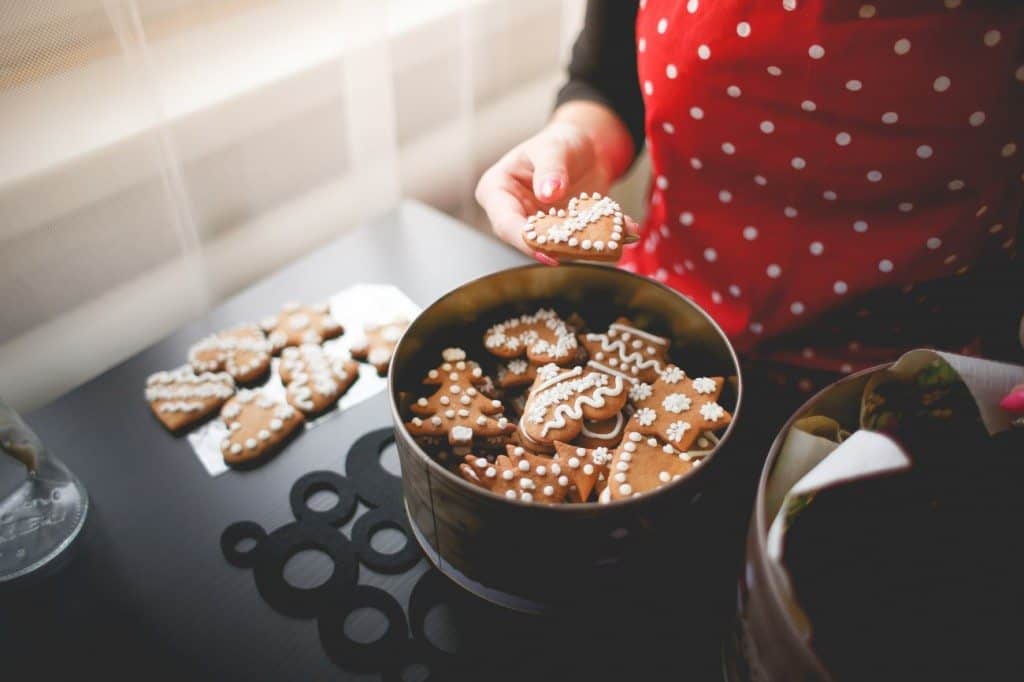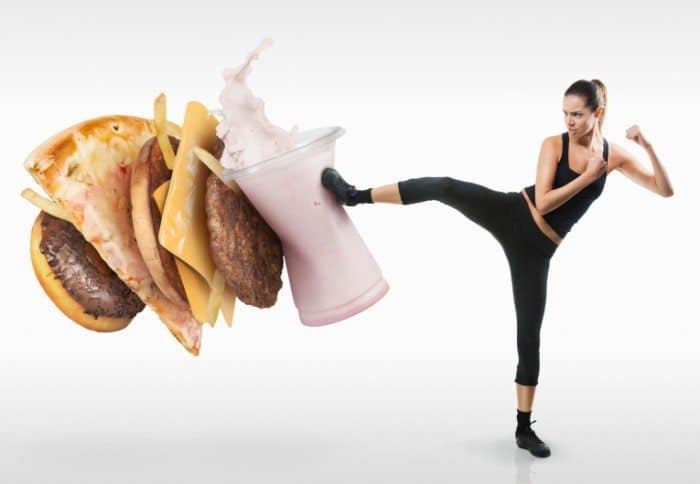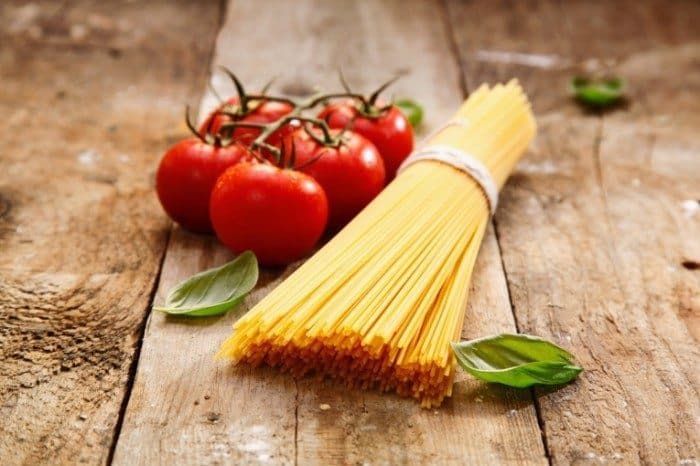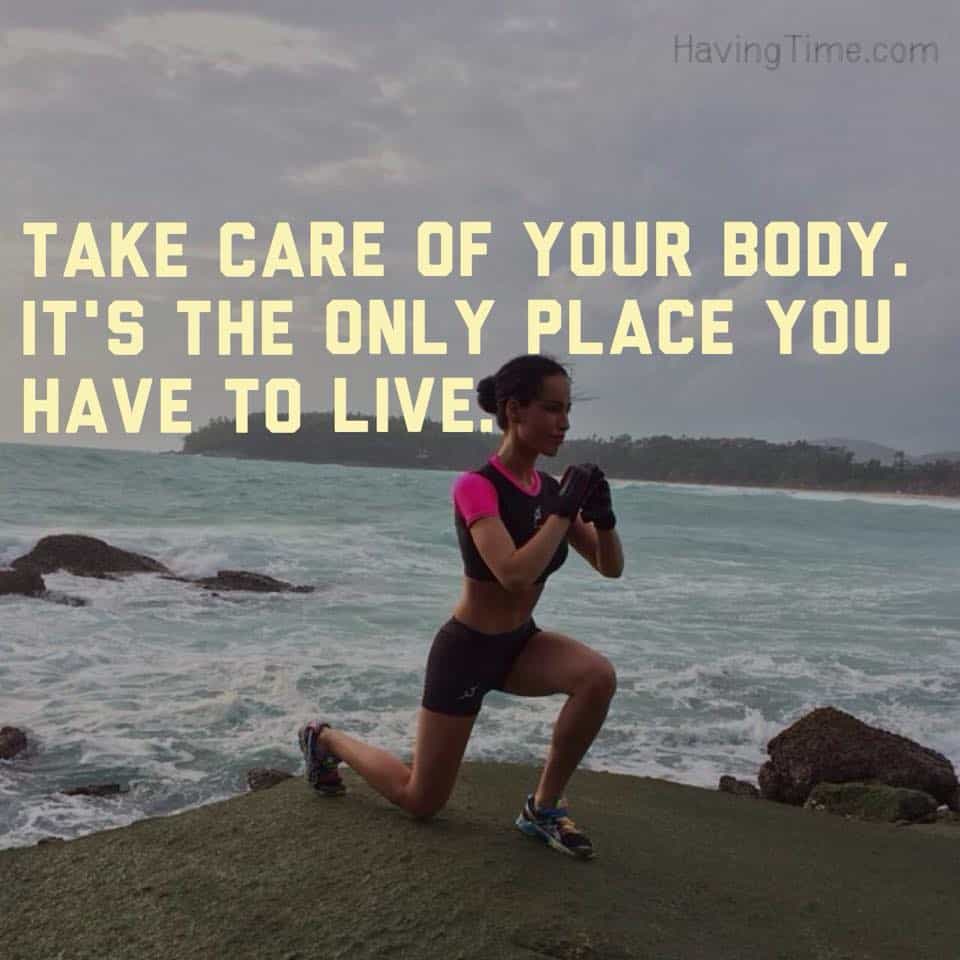Growing up in an Italian family, pasta, pizza, and bread based meals were the norms.
I don’t mean the type of processed, refined stuff you get at the Olive Garden, I’m talking about ravioli and penne made from scratch, sauces made from garden vegetables and dough kneaded with love and baked into bread.
These foods came to mean more than just nourishment for my physical body. I equated these foods with meaning—symbols of community, celebration, family and my grandmother’s unwavering love and generosity.
My grandmother taught me about whole foods before they had a grocery store named after them. Local, organic produce wasn’t “in fashion”, it was a way of life—not questioned, but understood. As a little girl my grandma and I would pick tomatoes, peppers, lettuce and eggplant from her modest garden in the backyard and in her kitchen, we would transform these things into beautiful salads and grain-based dishes that seemed magical to me at the time.
I equated these recipes and their ingredients with comfort, love, and tradition before I even understood the meaning of those words.
How Eliminating Grains From my Plate Changed my Life
I ate bread, pasta and other grains with pride—these foods were part of my lineage, my family’s traditions…
- Pasta was a staple in my diet as a dancer because it was cheap, satisfying and fast.
- Croissants were an exotic, European-style breakfast and my go to dessert or treat.
- Bread symbolized celebration, dinners out and of course, my grandmother’s teachings in the kitchen
- The holidays weren’t complete without stuffing, dinner rolls, beautiful pie crusts, cookies and gingerbread men.

As I grew and my interests changed, so did my eating habits…
When I began to focus on managing my weight as a ballet dancer, bread and pasta took a supporting role in my diet and became more for occasional eating, instead of everyday use. I started incorporating a variety of whole grains into my diet as a healthier alternative and felt proud of the efforts I’d taken to make these changes.
I’d swapped refined products for whole grains and would still enjoy bread and pasta from time to time. In my mind, I was doing great, but as the years passed, my body told a different story…
- My stomach hurt and was bloated after every meal I ate
- I suffered from adult acne that made me embarrassed to leave the house
- My thoughts were foggy and my brain unclear—I’d forget things easily when they’d just been on the tip of my tongue.
- I felt lethargic all the time (and used coffee and sugar to make it through the day)
- Anxiety and worry started to become my norm
- My joints and muscles ached daily
At the time, I thought this was normal. Not just for me, but for everyone…
I went to visit my twin sister in New York City one summer and after a particular Italian dinner, I found myself stuck in the bathroom before our meal was complete. I was nauseous and my stomach was a complete wreck, I didn’t know if I could make it out of the restaurant and back to her apartment without a disaster.
I looked in the mirror of that bathroom, into my dark-circled eyes and ashen face, covered with acne and promised my poor body I would get to the bottom of this struggle.
I had no idea the source of my pain were some of the very foods I linked to health and longevity!
I had no idea I was hurting myself with the way I was eating and treating my body.
So I began to shift my diet and my body began to heal. As I witnessed my own body change, I became inspired.
Through deepening my connection to my body and truly beginning to understand which foods I needed (and needed to avoid) in order thrive, I began to look and feel like a different person. Initially, I had a difficult time making this transition because I didn’t have much guidance. But, through much trial and error and research, I am so grateful to help my clients in a way that saves them from the agony that I experienced and transition to grain-free living seamlessly.
To begin tapping into the wisdom of your body, try this:
One easy way to deepen your connection with your body and discover which foods make you feel good at the same time is to simply notice how you feel before eating a particular food and to check back in with yourself about an hour later to see how you feel afterward.
You don’t have to keep a food journal or track your portion sizes, just check in with yourself. It can be a one-word recognition. Do you feel sleepy? Anxious? Bloated? Energized? Satisfied? Clear? Simply begin to pay attention to how food directly makes you feel – treat yourself as you would a good friend if you were concerned about how they felt.
If you’re feeling some resistance at the thought of changing how you eat in such a big way, I totally get it, such big dietary shifts are likely to bring up a host of objections and concerns. I experienced my own resistance to change even as I knew that these shifts had the potential to finally allow my body to heal.
I am a firm believer that food is supposed to be pleasurable and our daily eating habits must be sustainable. I don’t believe we should have to give up wine, bread, and dessert in order to thrive and feel amazing in our bodies.
But it’s important to learn what our bodies need in order to feel their best and utilizing the suggestion above is one easy way to truly tap into the innate wisdom of your amazing and unique body.
Do you know which foods make your amazing body thrive and which don’t? What could you do each day to feel your best?
I invite you to love the body you call home.





